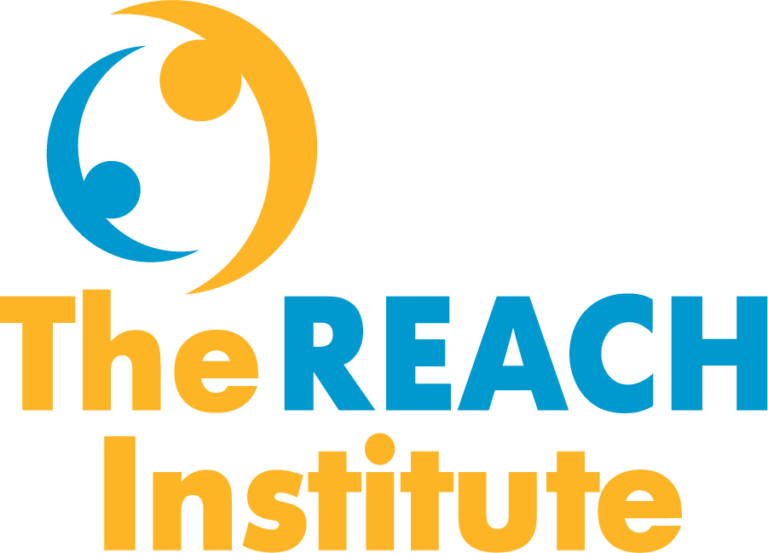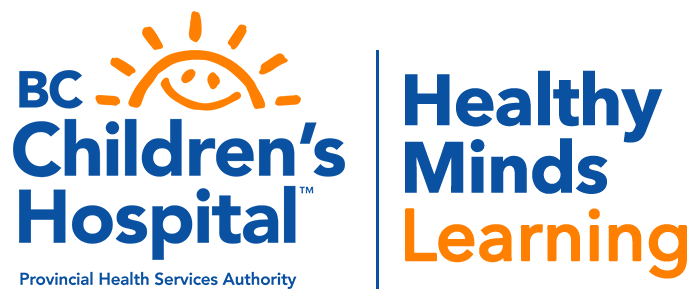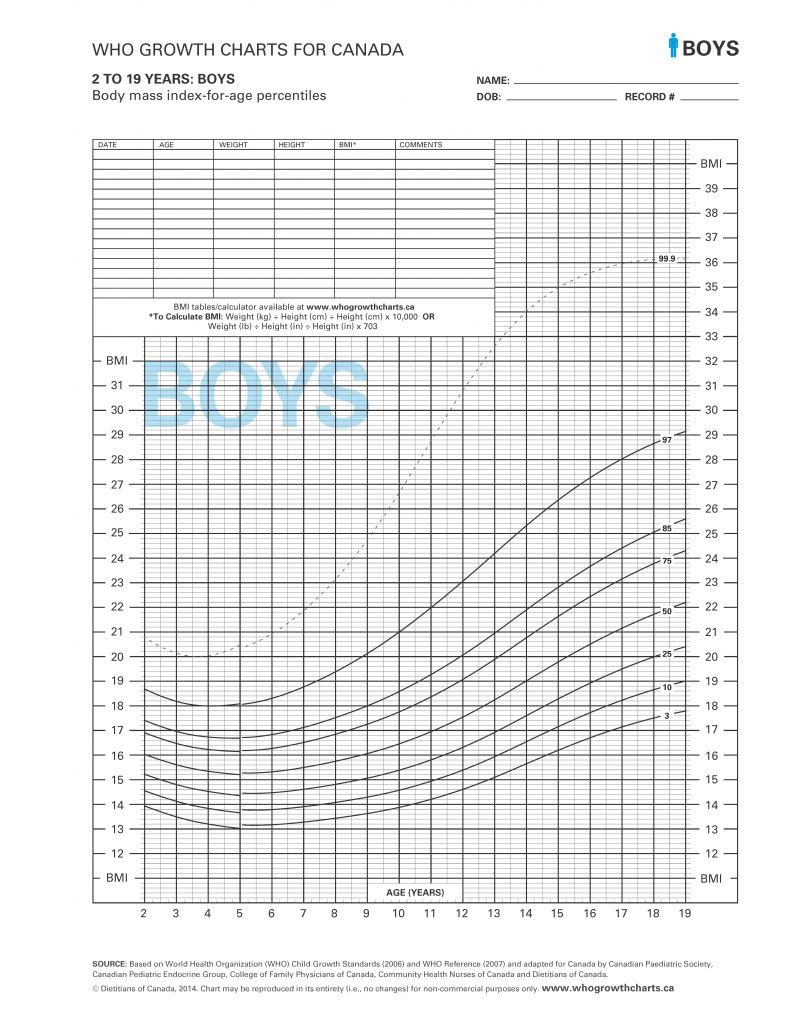
Patient-Centered Mental Health in Paediatric Primary Care (PPP)

Patient-Centered Mental Health in Paediatric Primary Care (PPP)
Applications are now closed. Information about future trainings will be updated here when applicable.
To ensure that you receive communication about future offerings, please complete this form. For any questions, please email CanReach@cw.bc.ca
Audience
Paediatric primary care providers: Paediatricians, family physicians, and nurse practitioners.
Description
- Validated assessments to get data from patients and families
- Clinical guidelines for differential diagnosis
- Quick-reference medication guides
- Sample forms for referring patients to psychotherapy
- A dynamic three-day, 17.75-hour interactive course focused on building skills and confidence in diagnosing and treating paediatric behavioural health problems.
- A six-month case-based follow-up program. Participants join one-hour group conference calls twice monthly with national primary care and child/adolescent psychiatry experts to solidify their learning.
Participants develop confidence and competence as they learn to:
- Correctly identify and differentiate among paediatric behavioural health problems such as depression, ADHD, bipolar disorder, anxiety states (including PTSD), oppositional and conduct disorders, and psychosis.
- Effectively manage psychopharmacology: select medications, initiate and taper dosages, monitor improvements, and identify and minimize medication side effects.
- Create and implement a treatment plan by mobilizing existing resources like family members, school personnel, and other professional caregivers.
CME Accreditation
This event is an accredited learning program as defined by the Maintenance of Certification Program of the Royal College of Physicians and Surgeons of Canada and approved by the University of Calgary Office of Continuing Medical Education and Professional Development for a maximum of 26.5 hours Group Learning Activity (Section 1) and 7 hours Self-Assessment Program (Section 3). This Group Learning program has been certified by the College of Family Physicians of Canada for up to 81 Mainpro+ credits.
EXAMPLE AGENDA
11:30 – 12:00 pm – Registration
12:00 – 12:10 pm – Welcome and Overview
12:10 – 12:30 pm – Meet your group and choose a spokesperson
12:30 – 12:40 pm – Opening Remarks: This isn’t your Grandma’s CME!
12:40 – 1:15 pm – Unit A: Introduction to Course | Common Grounds and Gaps
1:15 – 2:00 pm – Unit B: Pediatric Psychopharmacology Overview: Categories and Agents
2:00 – 2:10 pm – Break
2:10 – 3:00 pm – Unit C: Assessment of Mental Health in Pediatric Primary Care
3:00 – 3:10 pm – Break
3:10– 4:20 pm – Unit D: Assessment of Anxiety Disorders and Trauma Stretch
4:20 – 4:25 pm – Break
4:25 – 4:55 pm – Unit E: Treatment of Anxiety Disorders and PTSD
4:55 – 5:20 pm – Faculty Panel: Anxiety = primary topic
5:20 – 5:22 pm – Complete first day evaluations
5:22 – 5:25 pm – Summary and Wrap-Up of Day One, Adjourn
8:30 – 8:35 am – Overview and Welcome to Day 2
8:35– 8:45 am – Breakout rooms: Choose your group spokesperson!
8:45– 9:35 am – Unit F: Depression: A Short Course
9:35 – 9:40 am – Break
9:40 – 10:45 am – Unit G: Assessing and Managing Suicidality
10:45 – 10:55 am – Break
10:55 – 11:40 am – Unit H: Managing Adolescent Depression in Primary Care
11:40 – 11:50 am – FACULTY PANEL: Depression = primary topic
11:50 – 12:30pm – Unit I: Pediatric Bipolar Disorder
12:30 – 12:40 pm – FACULTY PANEL: Bipolar and depression = primary topics
12:40 – 1:25 pm – Lunch
1:25 – 2:45 pm – Unit J: The Finer Points of ADHD Assessment
2:45 – 2:50 pm – Stretch Break
2:50 – 3:25 pm – Unit K: Treating ADHD
3:25 – 3:35 pm – Afternoon Break
3:35 – 4:45 pm – Unit K Continued: Treating ADHD
4:45 – 4:55 pm – FACULTY PANEL ADHD = primary topic
4:55 – 5:00 pm – Complete 2nd Day Evaluations
5:00 – 5:05 pm – Summary and Wrap-Up of Day Two Homework Assignment


